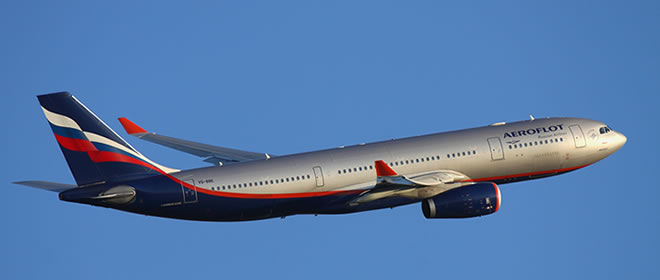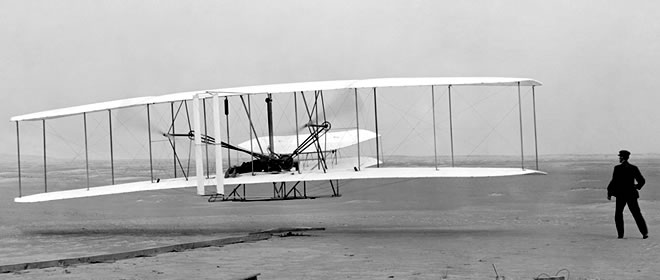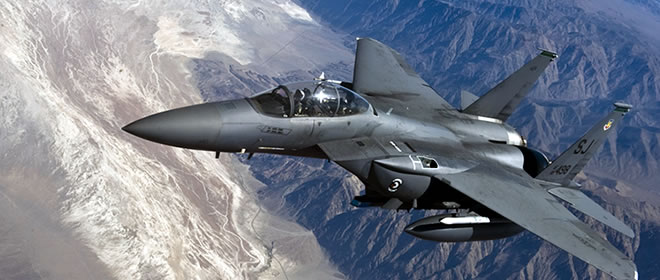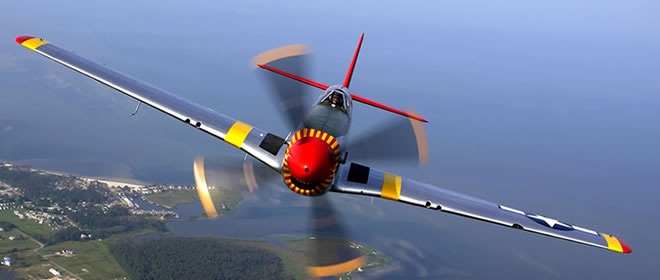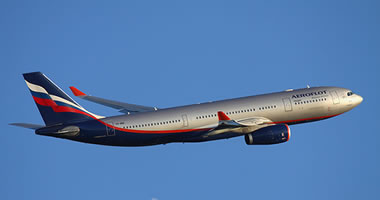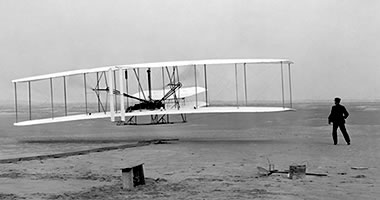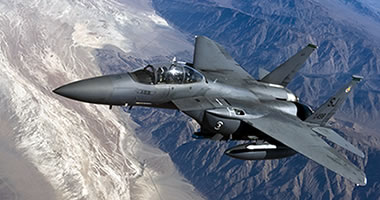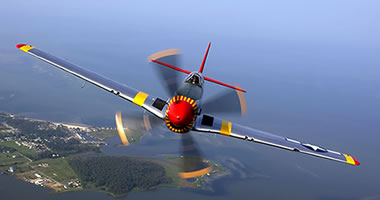Guernsey skydiving site
L'EREE: Temporary skydiving site
The aerial view was obtained from Google Earth © and the area view is from my Google Earth © derived database. Please note that my database does not have all the locations listed in this 'Guide' pinned.
Operated by: Skydive Jersey
Location: Adjacent and just NE of L'Eree village, about 2.5nm NW of the centre of Guernsey airport
Period of operation: Unknown? Perhaps since 2012? They certainly held a 'Skydive Guernsey' event from the 26th to 29th July in 2024
NOTES:
We have Mr Graham Frost, a great friend of this 'Guide', to thank for pointing out this location.
When putting in the two Google Earth pictures above my first thought was that it looked too small for aircraft operations, typically those used for skydiving, so I decided to investigate. This assumption being based on my many years of flying the most popular of Cessna types, the Cessna 150, 152, 172 and 182. Cannot be bothered to count them all, but well over 100 examples.
The first task was to identify the aircraft Skydive Jersey were using and this was the Cessna U206A Super Skywagon, G-ATNT, (ex N4823F), which they had registered on the 23rd May 2012. This said, and presumably the same owners (?), it was previously registered to Skydive UK from January 2006 until May 2012. Initially, when delving around on the inter-web, found pictures of G-ATLT saying it was a Cessna 206H Stationair.
WARNING! Do not believe all that is published on the interweb. I reverted to the UK Aircraft Register on G-INFO.
After measuring the distances available for landing and taking-off on this site, roughly 280m NE/SW and about 240m, N/S, the second task was to look at the performance data for the Cessna U206A, and have to say I was just a bit surprised. Bearing in mind this data was from 1966 for a brand new example, and applying at AUW (All Up Weight), and without any doubt (?) G-ATLT would not have been operating with the fuel tanks full. The figures are: Take-Off 277m, Landing 224m.
So, within the distances I had determined, it was clear that G-ATLT could easily cope. And that is without doing a trick I was taught for marginal runways,which is to start the take-off run on a rolling start, even in the opposite direction! That extra 10 knots or so really can make a big difference. And, I have also found in various types, having more power on tap can transform the performance of a basic design. Like, in the case of the PA-28 introducing uprating from 160hp to 180hp, ditto the Cessna172, a modification much appreciated in New Zealand. I flew one there and by heck it made a noticeable increase in performance.
In this case I think a comparison with the 230hp Cessna 182 with an AUW of 1,406kg and the U206 at 1,633kg, with a 285hp Continental IO-520A, clearly shows just how much another 55hp can make to two airframes weighing about 200kg more.
We'd love to hear from you, so please scroll down to leave a comment!
Leave a comment ...
Copyright (c) UK Airfield Guide
